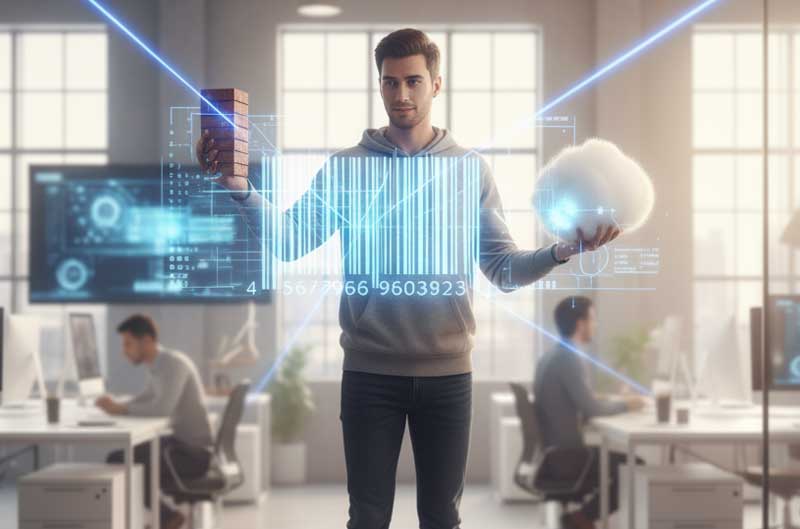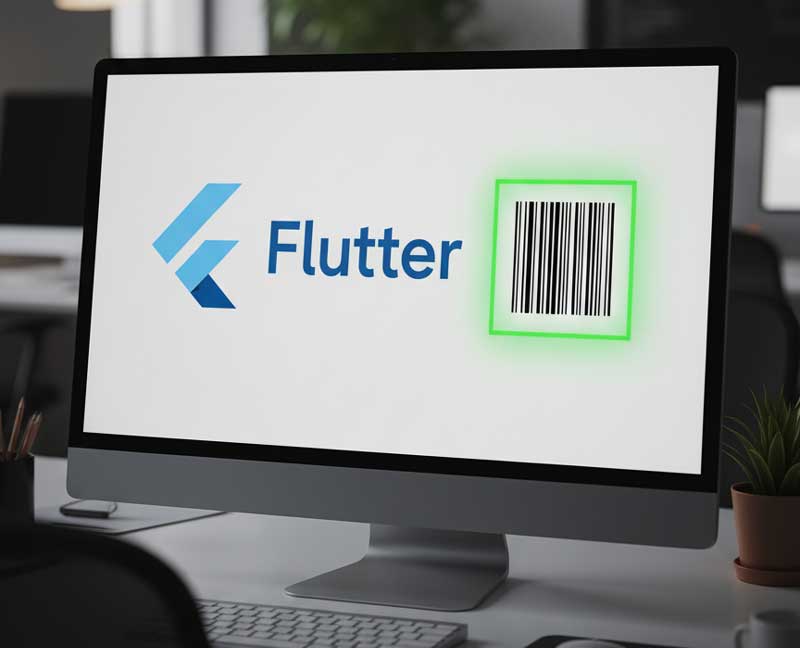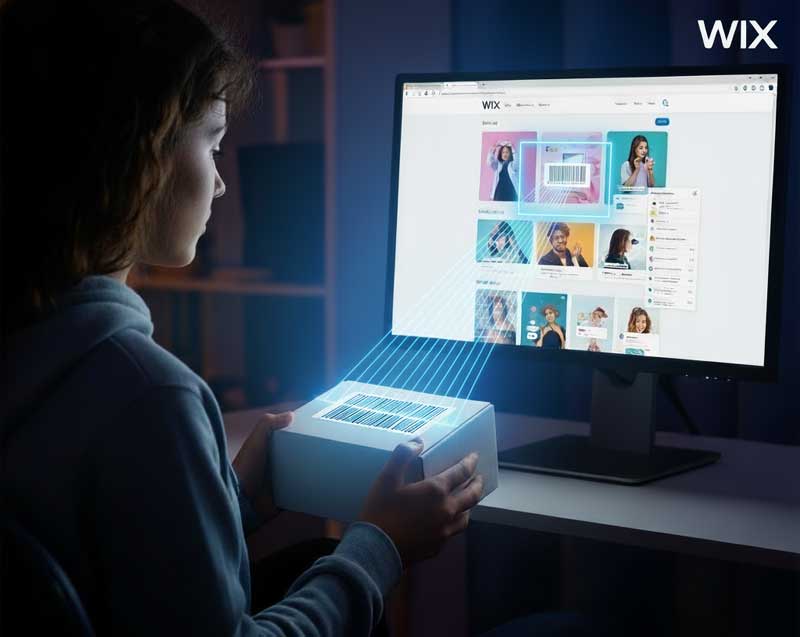
Summary: Discover error correction techniques and sophisticated recognition algorithms to read low-quality barcodes.
Introduction
Barcodes are ubiquitous in logistics, retail, healthcare, and industrial process automation. In operational environments, barcodes are damaged by wear and tear, poorly printed, or blurred. A barcode may be unreadable to cheaper scanners due to wear and tear (scratched code), lack of reflections, motion blur, low contrast images, etc. In order to tackle these issues, barcode readers are equipped with sophisticated image processing and error correction algorithms that greatly enhance decoding accuracy.
Common Issues with Low-Quality Barcodes
But before we discuss the answers, let’s figure out what makes a barcode “hard” to read:
- Blur and Motion Blur: The result of the camera shake or object moving fast while taking pictures.
- Poor Lighting: The difference between bars and spaces is diminished by lighting or lack of ink.
- Minor Damage: Sections of the barcode have been washed out by scratches or rips.
- Perspective: Angular or curved surfaces can cause geometric distortion of the barcode.
- Noise and Artifacts: Dust, reflection, or digital compression generate spurious patterns.
Preprocessing and Image Enhancement
The image preprocessing represents the first essential step toward the recovery of readable data from a distorted barcode. Common techniques include:
- Adaptive Thresholding: Automatically lines the foreground (bars) from background, even if they are under non-uniform lighting.
- De-blurring Filters: Filters such as Wiener and Richardson–Lucy can be used to remove motion blur.
- Figure 1(d) provides additional bar visibility from faint ends patterns by using histogram equalization.
- Rectangularization: Perspective transformation and dewarping transform the barcode into its original rectangular form.
Error-Correction Mechanisms
Most modern barcode symbologies include built-in redundancy and error correction:
- Reed–Solomon Codes: Used in QR Codes, Data Matrix, and PDF417 barcodes, etc. These codes are able to reconstruct lost or corrupt data packets.
- Checksum Verification: 1D barcode types, for example, Code 128 and EAN-13, apply a simple checksum to identify (not fix) errors.
- Data Redundancy: Most 2D codes store multiple copies of the same message, which helps to recover their content more easily.
Advanced Recognition Algorithms
If the barcode is too damaged to be decoded with typical decoders, more advanced algorithms are used:
- Introduction to Machine Learning and Deep Neural Networks: CNNs can learn the barcode patterns directly from the raw images even if they are partially occluded.
- Edge and Line Detection: Hough Transform, Canny Edge Detection are used to detect the line structures of linear barcode in high-level noises.
- Pattern Reconstruction: Algorithms can estimate missing bars or modules from known symbology rules and spatial frequency.
- Multiple-Frame Fusion: In video scanners, frames are often combined to reduce blurring and increase the signal-to-noise ratio.
Practical Applications
The importance of error-tolerant barcode reading in these fields is:
- Warehouse Automation: Where barcodes may be dirty or worn on boxes or pallets.
- Health: Accurate reading of patient wristbands or medical samples in less than ideal conditions.
- Factory Manufacturing: Fast-moving production lines with motion blur and glare issues.
- Ad Hoc Scanning (using Mobile Devices): Handheld scanning devices for individual use, mostly consumer-level devices with different camera quality and lighting conditions.
With the spread of barcode applications, simultaneously achieving high-quality decoding for low-resolution images becomes more critical. Modern systems can interpret even damaged or slightly blurred barcodes using a combination of preprocessing, error correction, and AI pattern recognition techniques. The future of barcode scanning is to combine computer vision and deep learning technologies for human-level adaptability in nearly any imaging environment.
DataSymbol Barcode Reader Engine
Our Barcode Scanner Engine uses these and many other methods to decode barcodes in real-world conditions. Here are some examples.
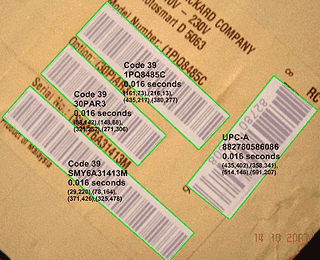

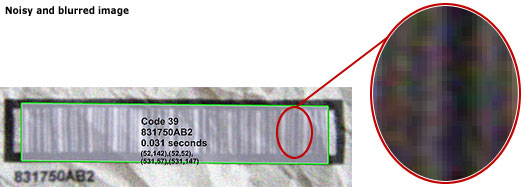
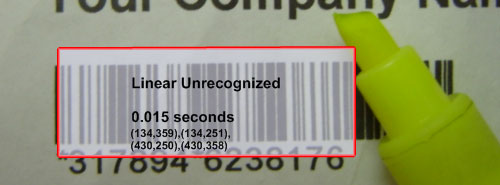
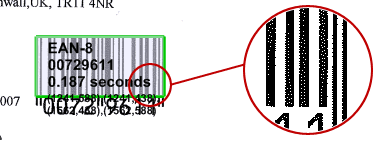
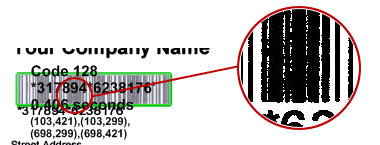


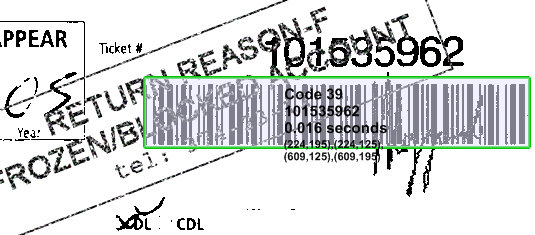



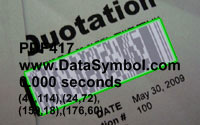
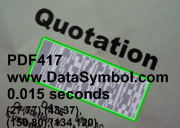
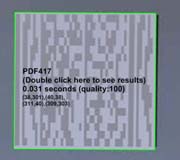
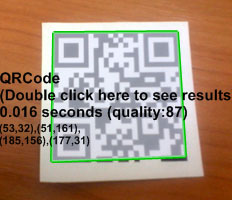

Ready to get started?
Barcode Scanning Tools



